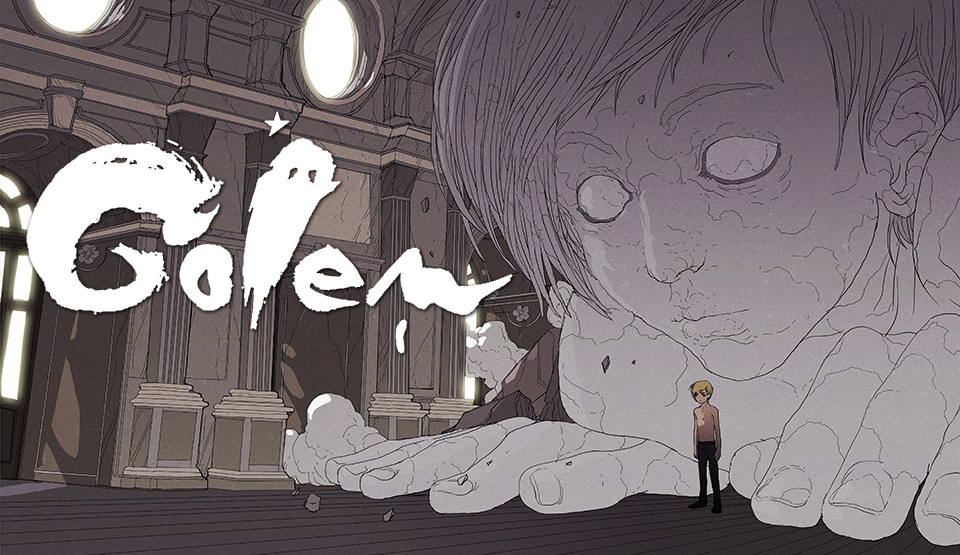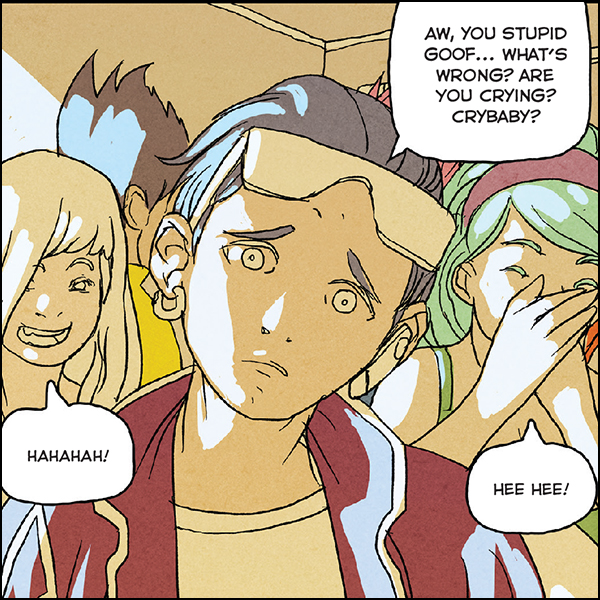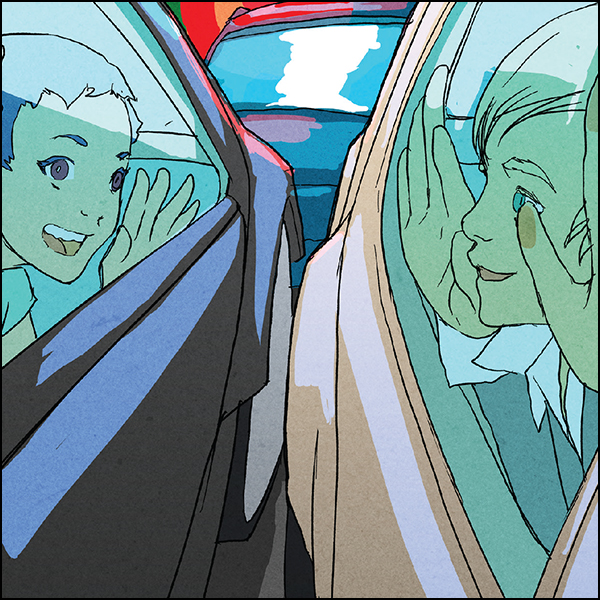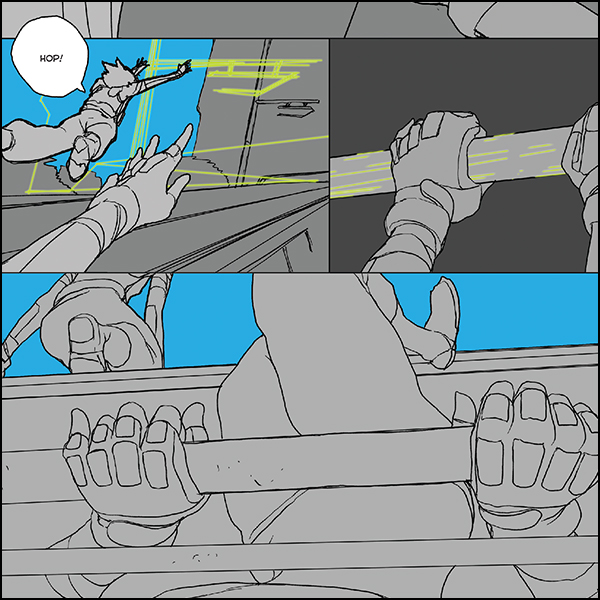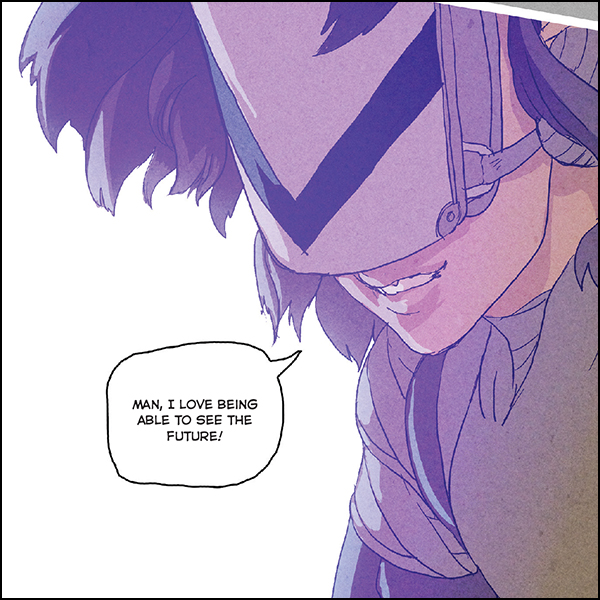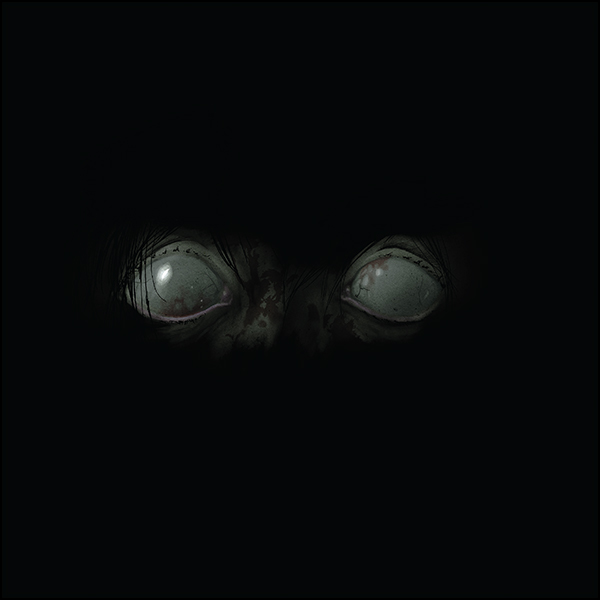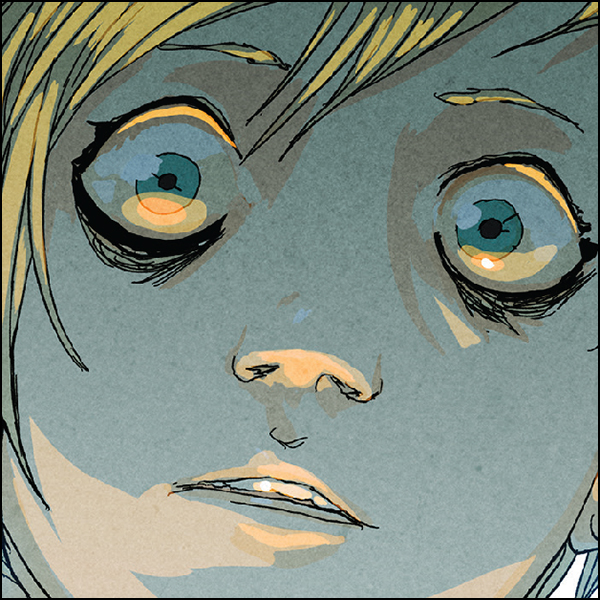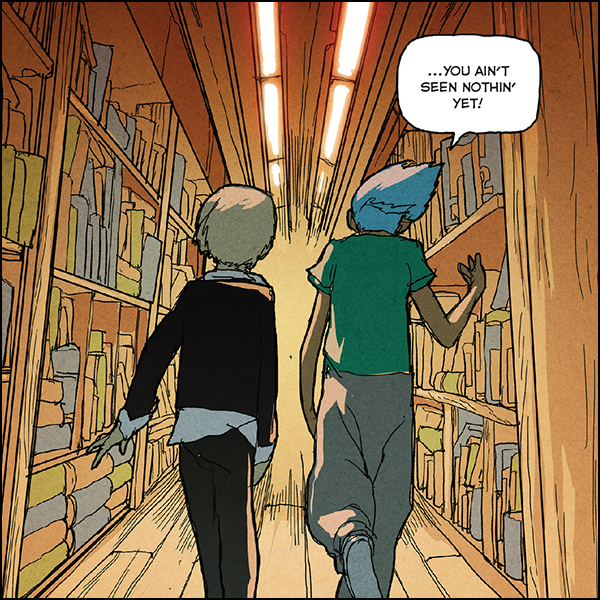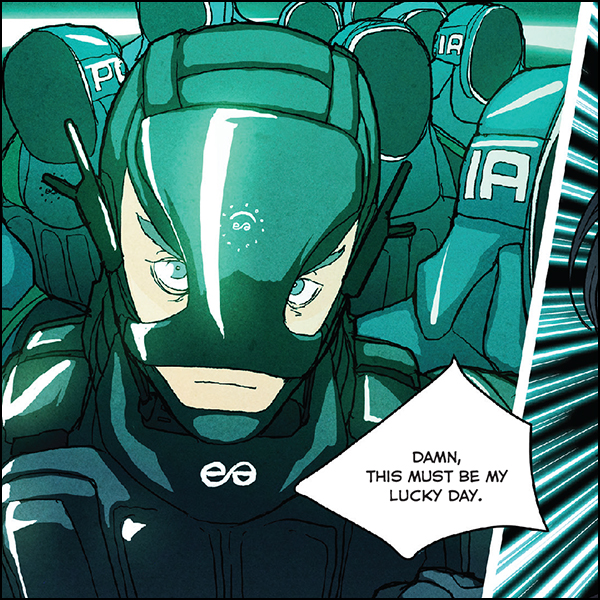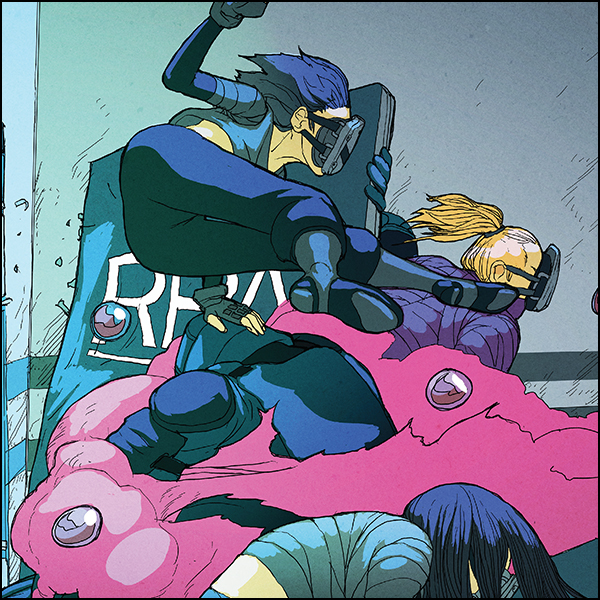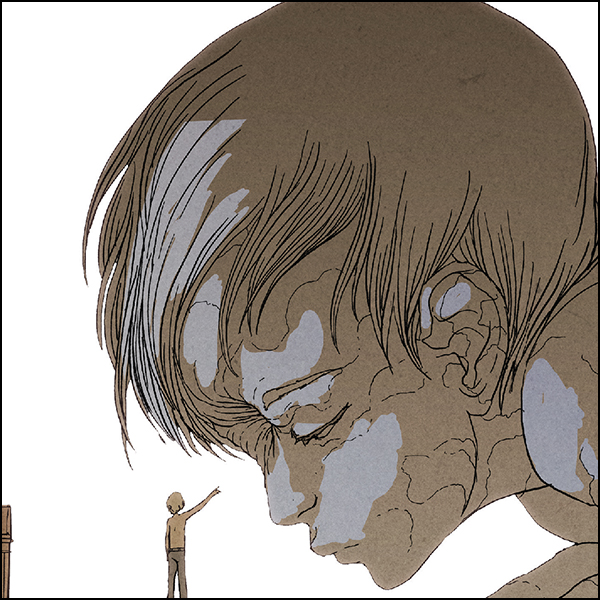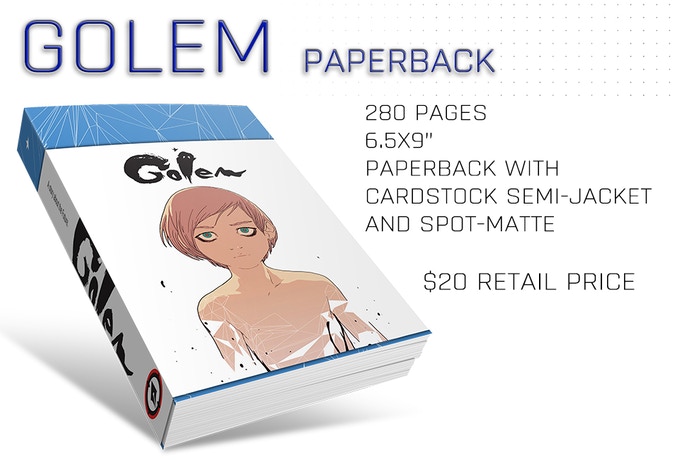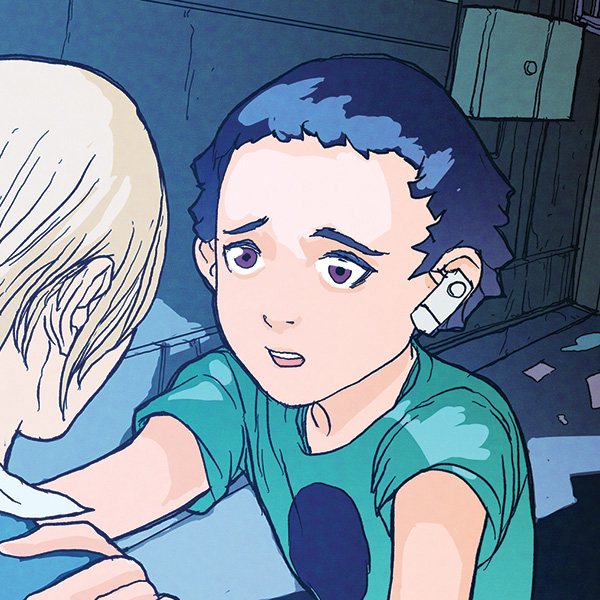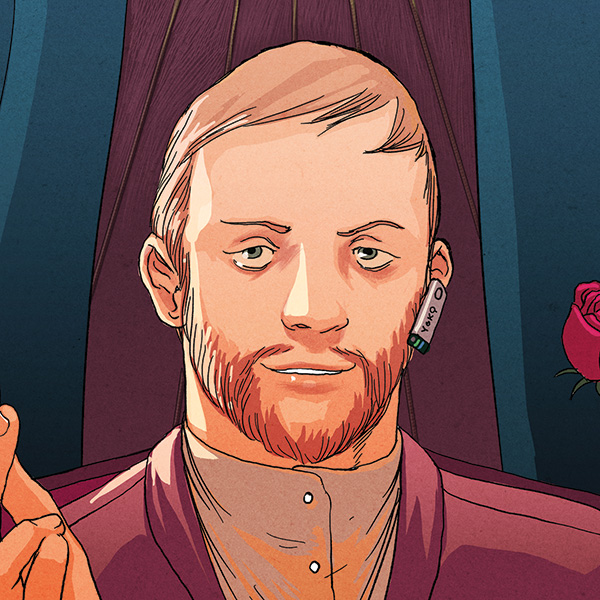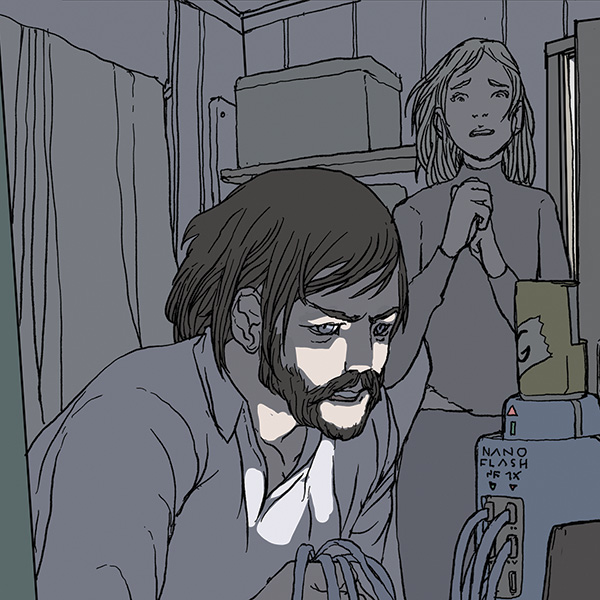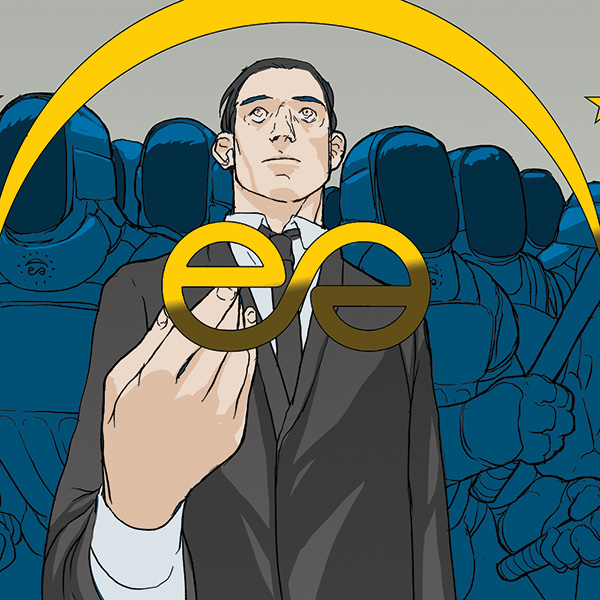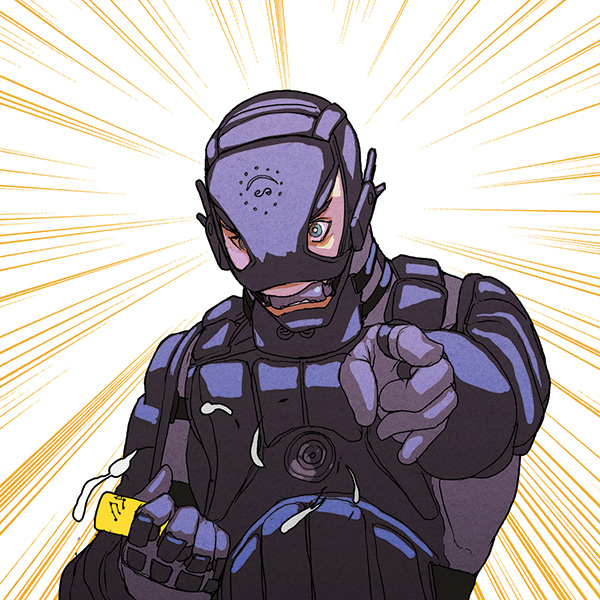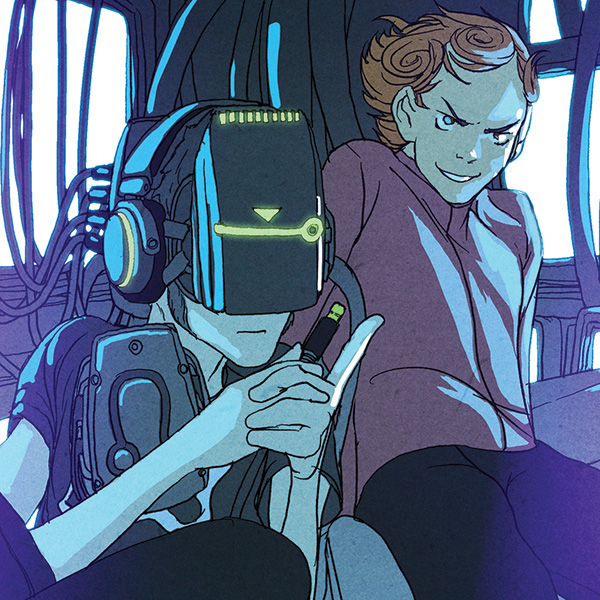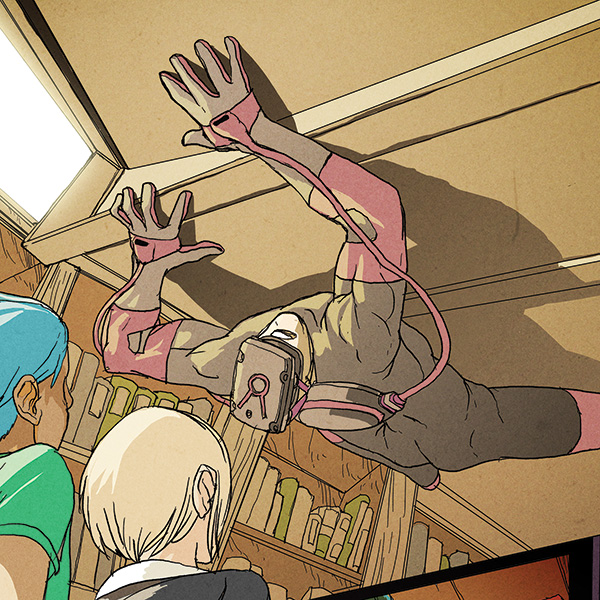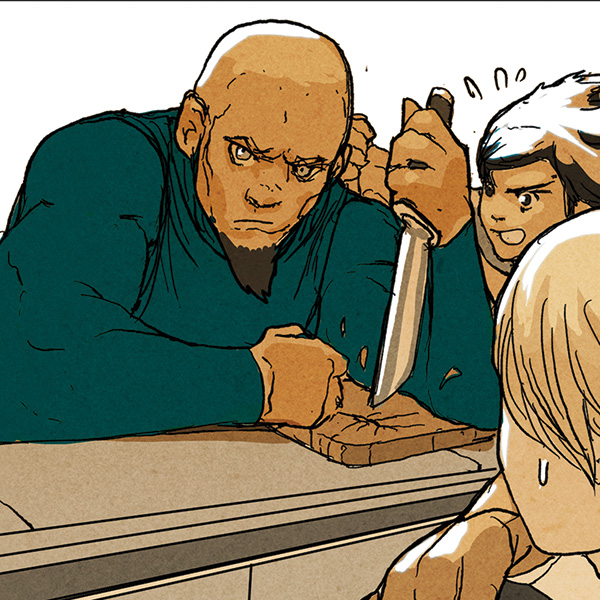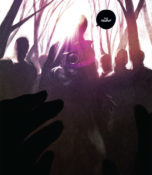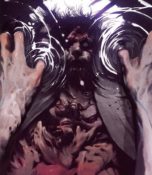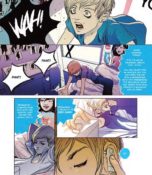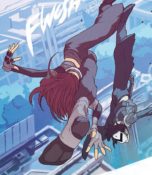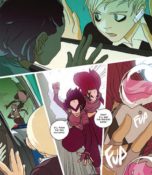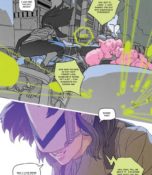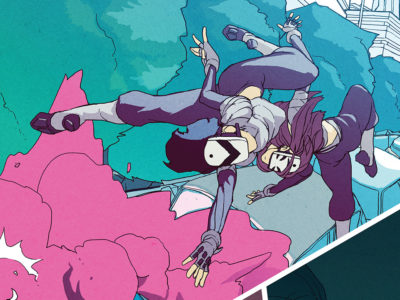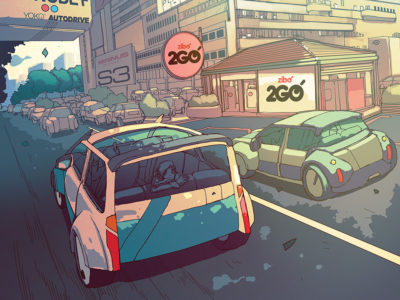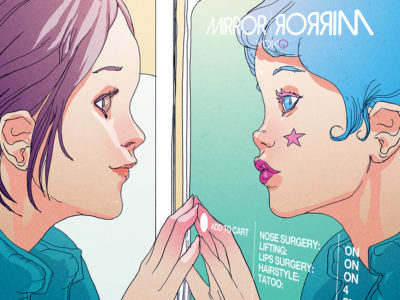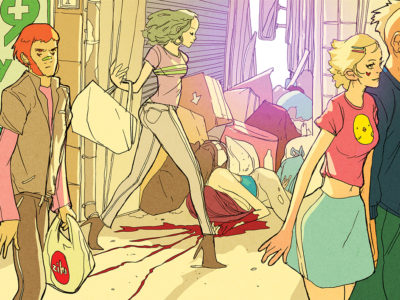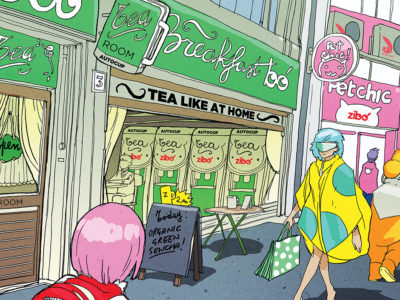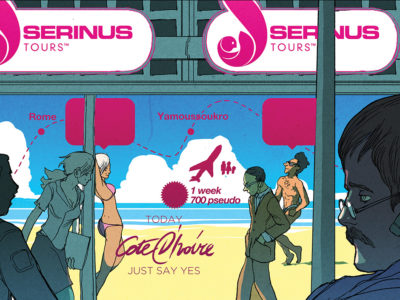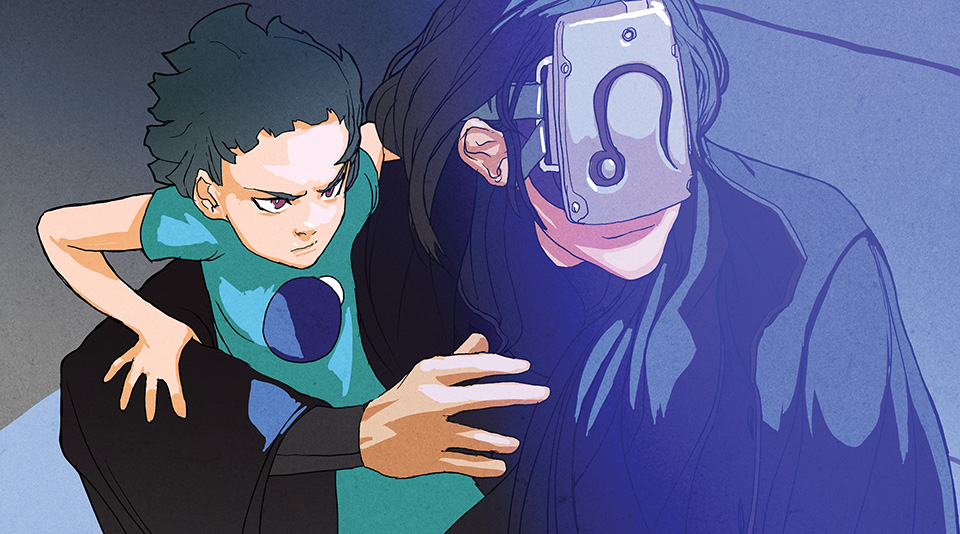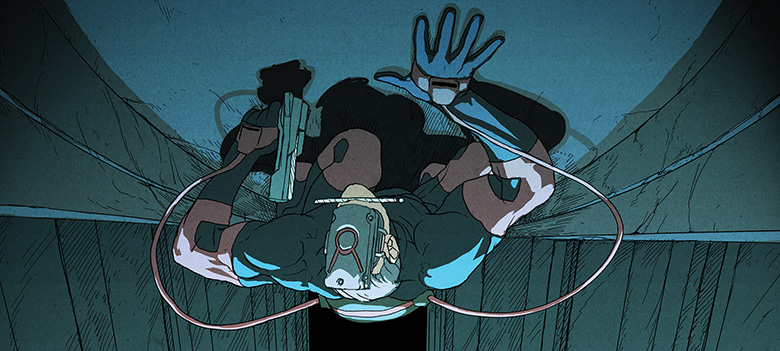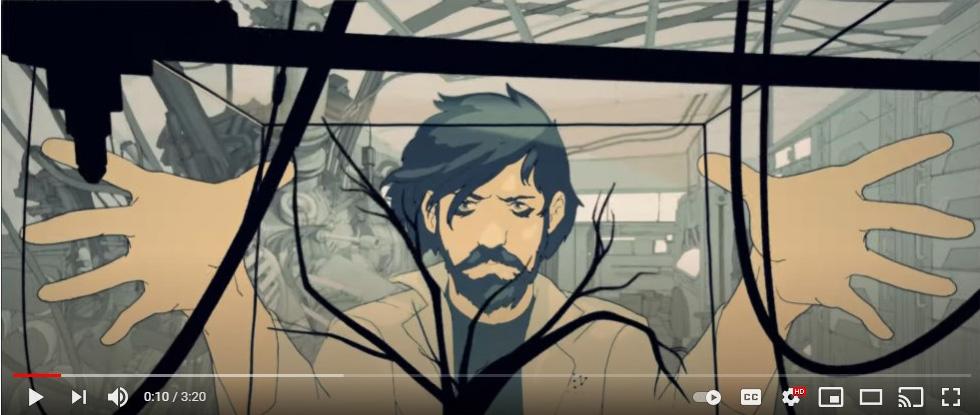How we’ve gone this long without knowing about the brilliant, breathtaking work of Lorenzo Ceccotti, better known as LRNZ in Italian art circles, is a sobering mystery. Each single piece of his work contains enough wonder and meaning to fill an entire book, so you can imagine how magnificent and jam-packed his first full book actually is. GOLEM hits shelves in English for the first time this coming February, and with it’s release, he’s about to take the scene by storm.
We chatted with LRNZ recently to pick his brain apart and learn just a little bit about the creative machinations behind his process.
\\\ Artist, designer, painter, animator, and author. You do a lot! What path did you initially want to take, and how did the other elements find their way into your repertoire?
I ended up taking a very devious one for sure!
Love for drawing was the original spark that started it all. Then I studied industrial design instead of following proper fine art classes. Back then I was very frustrated: I wanted an academic, full-fledged, classic painter education, but my family insisted that art schools were a bad choice, giving small or nonexistent employment perspectives. I still feel a huge sense of inadequacy when I think about my work, knowing that it could be so much better with a deeper education. Still, design classes brought my idea of drawing and visual communication to a totally different place. Suddenly I got convinced that poetry and technique are inextricably linked, one being the lucid choice of the other, so that every formal device should have its reason to be that way. The medium itself should be chosen according to your communication/artistic needs.
That’s why there are some ideas that are perfect for a painting, a single image, as strikingly powerful or subtly layered that it may be. Some others come to my mind as a sequence of images, and need a sequence to be coherently expressed to someone else, hence the choice of comics — is it important to explain what happened before and after that drawing that you like so much? Is there a way to make visual sense flow between individual images? Animation helps give time and sound a totally different meaning than they have in comics. For each need you can choose your favorite solution.
Now, I know that my approach to art and form in general may look a bit arrogant, even if it’s only in the intentions. That’s for sure. And that’s why, of course, my quality will never reach that level of excellence that purists and specialists have in their unique field of choice. I’m aware of that. Never being satisfied with what I do helps me change “skins” a lot, trying to find a better way, or tool, to catch what inspires me most, every day.
\\\ Your artwork ranges in style and technique, from painted realism to illustrative line work to colorful graphic design, all of which are selectively used in GOLEM at different points of the story. How do you use each of these to convey different moods or messages?
Golem is a weird convergence of visual needs.
Every one of those needs was urging me to find a very specific solution for each of them. First of all, I do believe in the reader’s visual powers and culture. The human brain is a pattern-spotting machine. I could’ve used a much more pedantic approach to the novel’s structure: heavy use of captions, textual aids to set time and space, deranging the reader from the deep experience that visuals can deliver.
I decided to use a more subtle approach instead, one that enriches vision and leave the textual storytelling to an almost empty state. That gives the viewer all the information he needs without having to explain anything, using a multi-layer channel. Exploiting the reader’s ability to make sense out of complex visual information. Dreaming, flashbacks, augmented reality, vision of the future, insanely fast action, daydreaming: they are all rendered in a very specific technique to make a deal with the reader, to set a reading pattern that needs no explanations.
\\\Whose work most inspires you?
It’s an endless list of timeless masters.
Speaking of comics, if I really have to make a choice I would go with:
- Scott McCloud (Understanding Comics), for its deep breakdown and understanding of comic rules and specific features.
- Osamu Tezuka (Black Jack), for his signal to noise ratio.
- Moebius/Jodo (l’Incal), for their use of symbolism and allegory in comics.
- Takamichi (Gelatin, short stories), for his shockingly straightforward use of color in manga.
- Claudio Acciari (Meka Chan), for his relentless search for life in his drawings.
- Frank Miller (Ronin), for his focus on what’s really important to deliver.
- Syd Mead (Anything future from the last 40 years), for unveiling the designer’s approach to drawings.
\\\ You have produced and created numerous experimental and eye-popping animation shorts (many of which can be seen on your Vimeo channel). How does this work differ from telling stories with silent, sequential art or a single image? The amount of planning and preproduction must be immense.
Animation is something that goes beyond any rational give/take evaluation that you do before a venture of any kind takes place. It’s always about giving A LOT. It takes your life, all of your time, your soul. It drives you crazy. The result is so little yet so rewarding, that I ‘m always fascinated by it. When I did my last animation work, “The Dark Side of the Sun,” I had to build a very specific pipeline, team, and narrative style to match our production needs, both in terms of deadlines and budget. We had 60k to deliver roughly 30 minutes of traditional animation. I started working on the economy side: I went almost crazy analyzing 70’s limited Japanese television animation craving for solutions, and I found a huge lot of ‘em, mostly in the directorial and narrative approach. My drawing style was compromised by this process in a “no way back” fashion: in animation every extra line you draw on a character design must be animated for every frame this given character appears in. Efficiency comes from wise use of design and deeply focusing on what’s important to tell with your drawings: repetition will teach you the harsh way what was absolutely pointless in your designs, and what was truly essential. Animation is a state of mind (that helps making 100+ pages of comics seem like nothing!).
\\\ What tools do you prefer to use for illustration, design, animation, etc?
Whatever fits my needs best. Digital drawing is of course a great general purpose tool of the trade: it’s completely free of any particular constraint and under control like no other. It delivers an immense spectrum of possibilities. Still, traditional fine art tools, on the other hand, have their own very specific features and powers: they can bring you to places you could never think of, and it’s very important to consider their immediacy. I really appreciate being able to obtain my result without having to work around it, with an unlimited level of detail, literally thinking outside of the box.
Recently I’m very interested by the original art versus digital art debate made by comic art and illustration collectors, and its pointlessness strikes me more every day.
\\\ What other hats do you wear? Musician? You released a number of experimental electronic tracks and an LP under the name Buromaschinen. What corner of your brain does that satisfy, and how often do you explore that corner?
Calling me a musician would be an overstatement. But I’m deeply fascinated by it.
Music has the immense ability to suggest sensations, feelings, places, ages, stories without any vision or description. As a visual artist, this is absolutely striking. Moreover, electronic music has this puzzling feature to be even more abstract and shapeless, somehow granting the opportunity to build your vision from scratch, bending electric energy into waveforms and manipulating it with basically no constraint. I love working with synthesizers for these specific reasons.
Anyway, I love listening to music while I draw, so I started composing music to make tunes I could draw to. Last but not least, even if kinda off topic, I’m desperately looking for a tool that works for drawings like synths work for music: a standalone, super custom tool meant to do just one thing – drawing. No general purpose OS, no icons, no framework, no social networks, no email on my way to the goal. A shoutout for the Elektron Monomachine, my favorite synth. Probably my favorite object, along with my bicycle; it draws a map of what the digital drawing experience should be and it’s still not.
\\\ Are there other creative directions you would like to explore?
This year will be all focused on drawing photo realistic from real life, with traditional media. I usually don’t like photo real images, but I would be lying if I didn’t admit that it’s something out of my technical abilities right now. I just don’t have the skill. Even if I’m pretty convinced that taking away from reality is what makes a drawing great, I want to be honest with myself and make sure that whatever I will be taking away from real life is because of a choice I’m aware of and not a technical limit I’m struggling with. It’s all about pushing your limits to set a space where you have complete, absolute freedom of choice.
\\\ What project has you most preoccupied right now?
Monolith, a cross media project: it’s a full color comic book written by Roberto Recchioni and Mauro Uzzeo that I’ll be drawing in the coming months, and a movie directed by Ivan Silvestrini that came out of the same story (originally written by Roberto Recchioni). I’ve been working on this movie in LA as a concept artist, production designer, and storyboard artist.
This year I will be also be working on “Geist Maschine,” a new miniseries for Bao Publishing. It will be spread out in three books.
\\\ What project do you dream of completing one day? Have you already started?
I’m very much in the mood for an animated movie adaptation for GOLEM and I’m about to explore production possibilities. I will probably start by trying to send a submission for the European Media Program and see what happens. Fingers crossed!
\\\ You’ve hinted before that GOLEM is the first of three “tankobon format” books in the series. Is this still the plan? If so, what do you have in store for the other volumes?
Oh yeah… That is from a VERY old interview. 7 years ago, GOLEM started as a 20-page series project, but I then decided to develop it as a standalone, self-contained book. So, as for now, no Golem sequel on the horizon. I will probably produce some extra contents for the book (including some extra comic book pages) starting 2016. The Desmo Scanner would be a nice thing to search for on the app/play store to start finding clues…
Treat yourselves to a long tour through LRNZ’s website, filled with tons more of his work, at www.lrnz.it !

